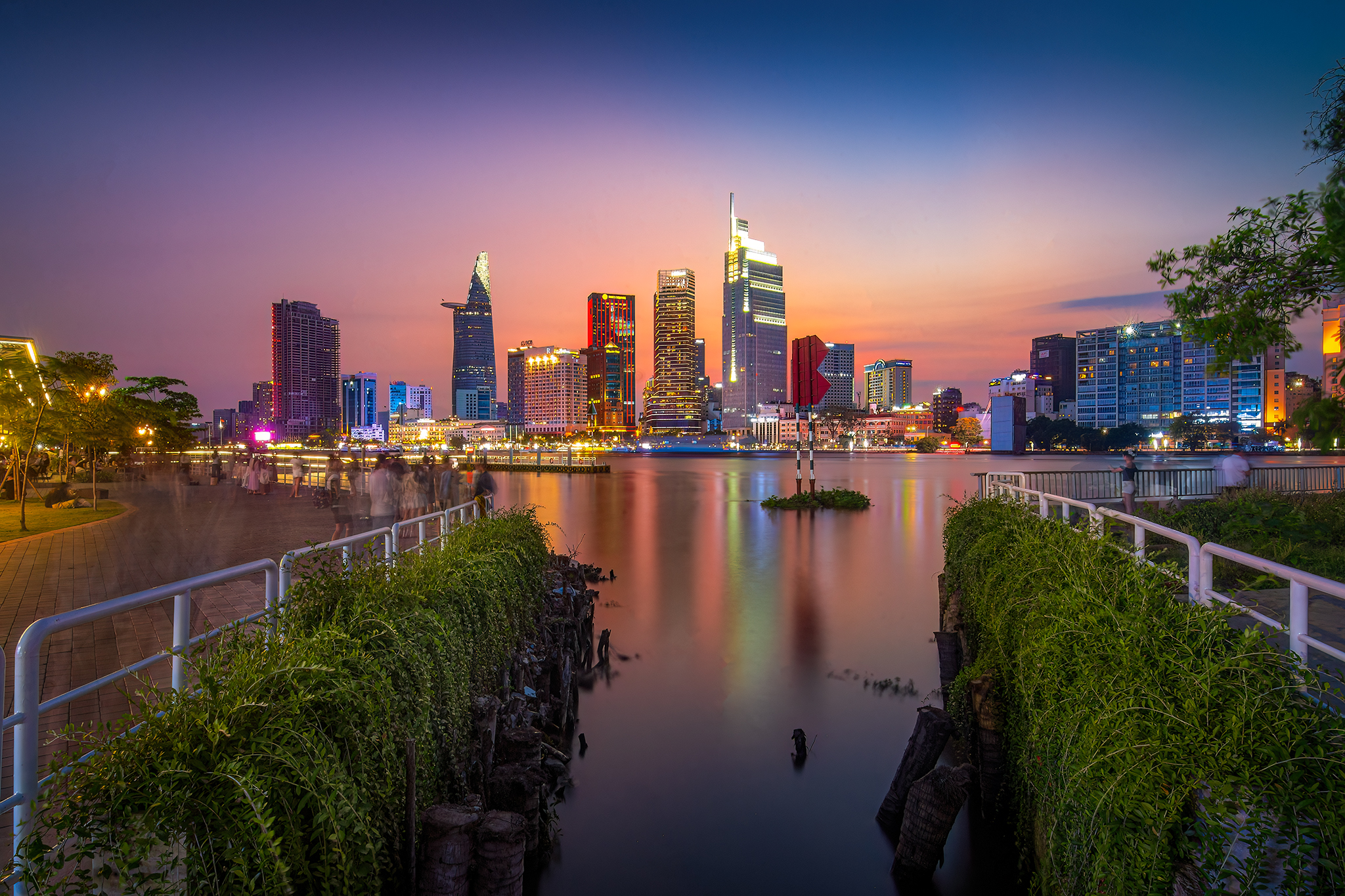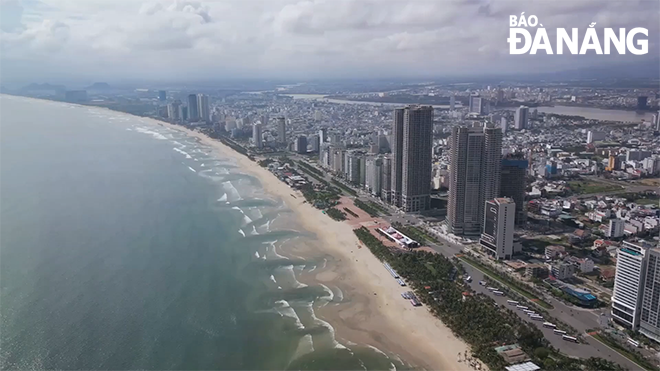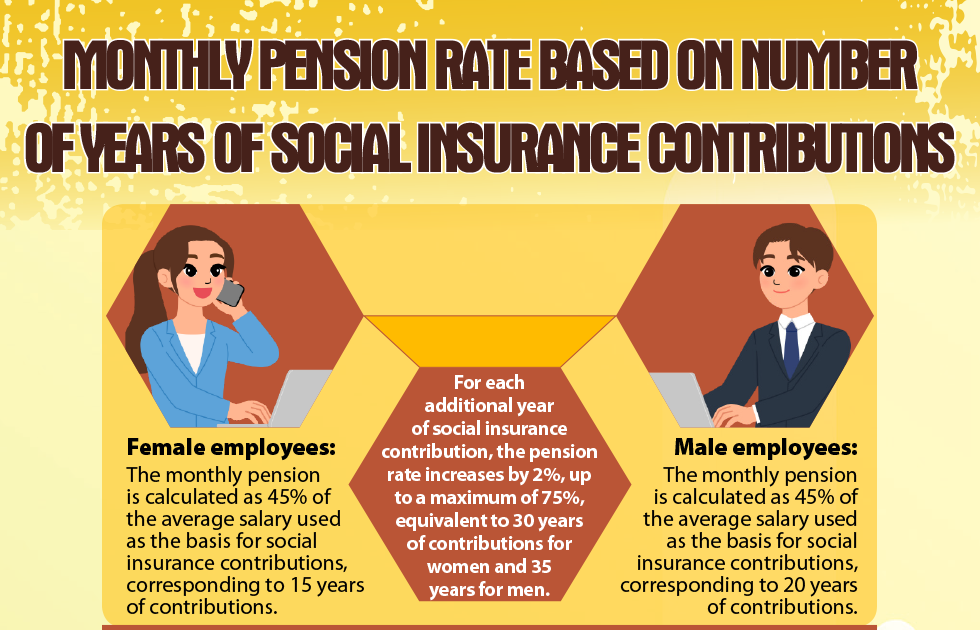VLA asks to develop regional container fleet
The Viet Nam Logistics Business Association (VLA) has proposed establishing a container fleet with a total investment of US$1.5 billion to build new ships, purchase old ones, and rent and buy containers.
 |
| VLA proposes establishing a container fleet to serve the import and export of goods in Việt Nam. — Photo courtesy of VLA |
This aims to serve import and export goods to limit the interference from foreign shipping lines and reduce costs.
According to the VLA, the transportation of import and export goods by sea is facing many difficulties, especially due to congestion at ports and supply chain disruptions, which cause a shortage of ships and containers, which has made container freight rates skyrocket, heavily impacting competitiveness.
Vu Ngoc Son, chairman of Hai An Transport and Stevedoring Company Limited, said almost all shipping capacity and freight for transporting goods by containers to intercontinental routes were in the hands of foreign ship owners so Viet Nam had to spend a huge amount of foreign currency every year.
Having a fleet of container ships would limit the pressure of foreign shipping lines on freight rates and surcharges. It would be a tool to ensure the country's economic security and take full advantage of FTA agreements in the long term.
Son said: "Viet Nam is located on the important maritime transport route of the East-West hemisphere, accounting for more than 80 per cent of the global freight volume while about 90 per cent of local import and export goods are transported by sea."
The speed of goods through the country's seaports increases by 10-15 per cent per year on average.
In 2021 under the difficulties of the pandemic, the volume of container cargo through seaports reached 24 million TEUs, up 7 per cent compared to 2020, the association said.
Nguyen Tuong, a senior consultant of VLA, said: "Currently Viet Nam's shipping fleet is only responsible for transporting about 7 per cent of the market share and mainly operates on domestic routes and short routes in the intra-Asia region, the rest is in the hands of foreign shipping lines."
As of March 25, 2022, the world's container fleet has 6,346 ships with a total capacity of 25.5 million TEUs and a total tonnage of 305,902,000 DWT.
Meanwhile, the country's container fleet has 10 container shipping companies, owning 48 container ships with a total capacity of 39,519 TEUs, and a total tonnage of 548,236 DWT.
There are 13 ships more than 25 years old, three ships more than 20 years old and 15 ships with tonnage from 300 TEU to 600 TEU.
These ships can only run within the country, said the association, adding that the remaining 17 ships with a tonnage of 600 TEU or more, of which there are 14 ships with a tonnage of 1,000 to 1,800 TEU, could operate on routes in inner Asia.
The VLA believes that to develop a container fleet, it is necessary to invest in specialised container ships, container shells and a customer service network, and a fleet of ships at all major ports.
The plan should be divided into two development phases. Phase 1 will be implemented in about 3 to 5 years, focusing on investing in ships suitable to operate on intra-Asia routes such as Japan, South Korea, China, India and the Middle East.
Those areas are where the volume of import and export goods, mostly dry goods, account for more than 60 per cent of the total volume of dry goods for import-export.
The association said that in the first phase, Viet Nam should not only buy ships, containers and open routes in the region but also find partners who have large shipping lines to cooperate with them to exchange docking lots, change containers and use their operating and management software, management and service systems at ports.
VLA said such solutions had been employed by other successful shipping lines in the past few decades, including Taiwan's Wan Hai (China) shipping lines and Israel's Zim lines.
In the second phase, which could last about five years, after successfully operating in inner Asia with partners, investment would be needed in larger container ships from Panamax and Post Panamax to participate in transportation on major intercontinental routes of the world such as the Asia - America route, Asia - Europe route, East-West route and beyond.
Together with the proposed routes development direction, the VLA also suggested solutions and preferential policies to develop such a fleet.
Source: VNS








